WEBINAR
In-House Calibrations for Testing Laboratories
Is your laboratory considering in-house calibrations or already performs in-house calibrations? Watch this informative webinar that will help weigh the benefits, challenges and requirements of bringing calibration capabilities to your laboratory. Learn how in-house calibrations can reduce costs, minimize downtime and give the laboratory more control over quality and turnaround times – all while maintaining conformance to ISO/IEC 17025 requirements.
This webinar explores the practical considerations of performing in-house calibrations within testing laboratories. Participants will gain insights into when and how in-house calibrations can be effectively implemented, the benefits and challenges compared to outsourcing, and how to ensure conformance with ISO/IEC 17025 requirements.
The basic fundamentals of calibration, including traceability and measurement uncertainty, will be discussed, along with establishing competence for individuals performing calibrations. General equipment and standards will be explored for typical laboratory equipment, including identifying suitable reference standards, managing calibration intervals and ensuring traceability to national or international standards. Finally, risk management will be discussed recognizing the limitations of in-house calibrations and when outsourcing may be the preferred option.
Key Takeaways
- Understand the basic concepts of calibration, traceability and uncertainty in the context of ISO/IEC 17025
- Recognize the pros and cons of doing calibrations in-house versus outsourcing
- Know what general equipment, standards and records are needed for in-house calibrations
- Learn how to show staff competence and stay in conformance with ISO/IEC 17025 requirements
- Learn common pitfalls and how to avoid them to mitigate risk
Who Should Watch?
This webinar is designed for professionals working in testing laboratories who are responsible for equipment management, quality system or accreditation preparation. It will be especially valuable for laboratory managers and supervisors, quality managers and quality assurance staff, calibration and metrology technicians, technical managers and engineers or anyone considering bringing calibration capabilities in-house.
Audience Questions
At the end of the webinar, questions were asked by the webinar’s attendees. These included:
- Does ANAB allow for in-house calibrations for ISO/IEC 17025 accredited testing labs?
- Do you have to be accredited to perform an in-house calibration?
- Would competence records for calibrating personnel refer to annual proficiency testing, for example?
- Does ANAB consider the tuning process of a GC-MS as a calibration?
- Would a lab have to obtain a separate accreditation for calibration to perform their own calibration or could it be added to a forensic lab’s scope?
- Can you define the difference between calibration and validation more clearly?
- Does ANAB consider the one-point calibration usually listed in equipment manufacturer manuals as an in-house calibration or is that considered an “adjustment?”
- At what point does the intermediate check result become a point of concern requiring immediate calibration?
- What are the classes of reference vs. working weights?
- Is there a detailed ANAB course for uncertainty budgets?
- Do you have any general tips/info on how this applies to digital forensics?
- Does ANAB offer training for in-house calibrations?
- Is proficiency testing necessary for in-house calibration for testing laboratories?
- Can you provide an example of the uncertainty calculation for in-house calibrations?
- What are the specific requirements to establish traceability for in-house calibration?
- How can we determine the intervals for in-house calibration and intermediate checks?
- What is the difference between calibration and verification?
- How do you conduct glassware calibration or verification?
- What is the difference between Class A and Class F weights?
- When defining a calibration interval does ISO/IEC 17025 have a suggested method?
- If a certificate for a CRM does not say it is NIST traceable and does not have an ANAB logo on it but only list the SRM, would that suffice as NIST traceable to the SI?
